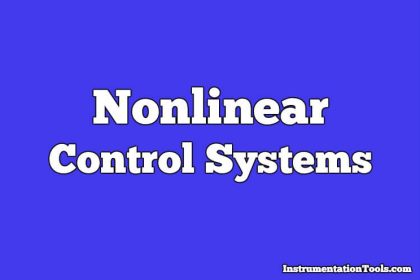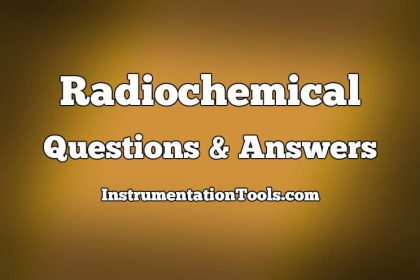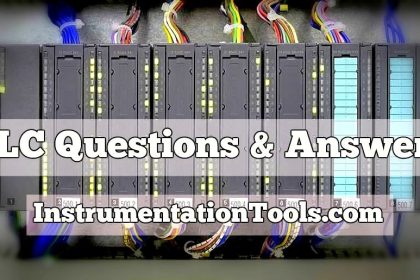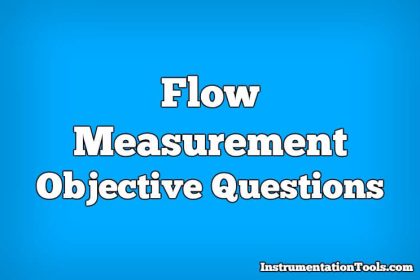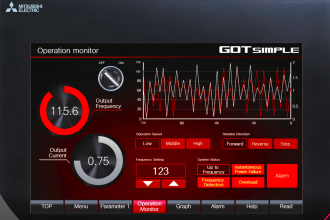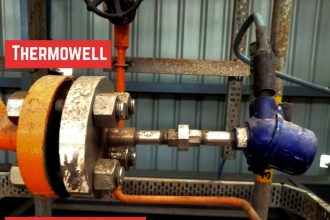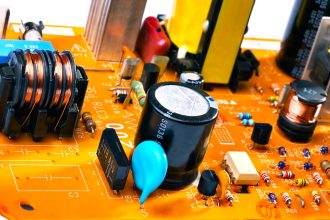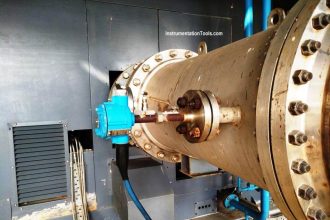Optimal Control Problems
1. The output of the system is considered near :
a) 1
b) 2
c) 3
d) 0
Answer: d
Explanation: Our main objective in the optimal control problem is to reduce the performance index of the system as minimize the output and make it near equal to zero.
2. A performance index written in terms of :
a) 1 variable
b) 2 variable
c) 3 variable
d) 5 variable
Answer: b
Explanation: Generally the performance index be of any variables but in standard form we consider the performance index to be in 2 variable only.
3. Matrix Q is :
a) Positive semi definite symmetric matrix
b) Positive definite non-symmetric matrix
c) Negative definite symmetric matrix
d) Negative definite non-symmetric matrix
Answer: a
Explanation: Matrix Q defines positive definite or non-definite symmetric matrix which is used in the performance index so as to give equal weightage to each element.
4. Matrix R is :
a) Positive semi definite symmetric matrix
b) Positive definite non-symmetric matrix
c) Negative definite symmetric matrix
d) Negative definite non-symmetric matrix
Answer: a
Explanation: Matrix R defines positive definite or non-definite symmetric matrix which is used in the performance index so as to give equal weightage to each element.
5. The major requirement of making the output of the system small in output regulator problem is :
a) The system must be controllable
b) The system must be stable
c) The system must be observable
d) The system must be LTI
Answer: c
Explanation: We are concerned with making the output of the output regulator problem small this is achieved when the system is observable.
6. Minimum principle was given by:
a) Pontryagin
b) Hamiltonian
c) Bellman
d) Jacobi
Answer: a
Explanation: The minimum principle to minimize the performance index is given by Pontryagin.
7. Dynamic programming is developed by:
a) Pontryagin
b) Hamiltonian
c) Bellman
d) Jacobi
Answer: c
Explanation: Dynamic programming for minimizing the performance index is given by Bellman.
8. The performance index is reduced by:
a) State variable constraint
b) Input constraint
c) Control function minimization
d) Control function constraint
Answer: c
Explanation: Once the performance index is calculated the next task is to find the control function which is used to minimize the performance index.
9. Minimum principle is based on :
a) Concepts of calculus of variations
b) Principle of calculus
c) Principle of invariant imbedding
d) Principle of optimality
Answer: a
Explanation: Minimum principle of Pontryagin is based on the concept of calculus of variations.
10. Dynamic programming is based on :
a) Principle of calculus
b) Principle of invariant imbedding
c) Principle of optimality
d) All of the mentioned
Answer: d
Explanation: Dynamic programming is based on principle of calculus, invariant imbedding and optimality and these are the basic laws of the nature and does not need complex mathematical development to explain its validity.

